kabocha, pumpkin
Kabocha: The Story of the Japanese Pumpkin
Karina Ikedo
Posted on December 25, 2024
Share:
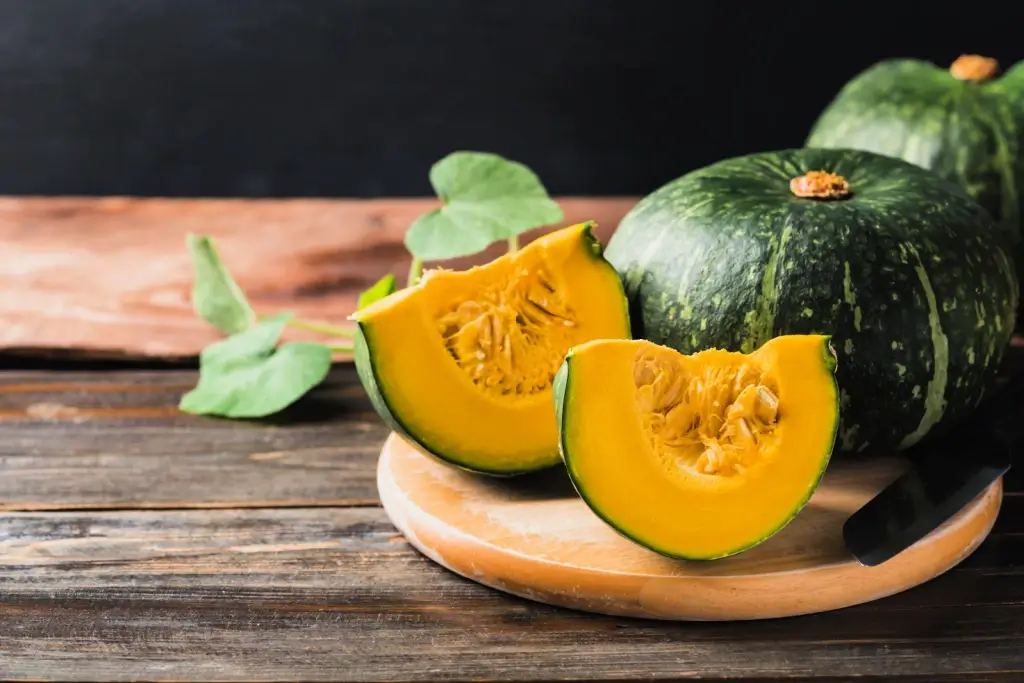
Kabocha (Japanese pumpkin) is a beloved ingredient in Japanese cuisine. Known for its sweet, creamy texture, it has become a staple in many traditional dishes. This versatile squash is used in everything from soups and stews to Japanese desserts. Its naturally sweet taste pairs perfectly with savory and sweet preparations, making it a favorite at home and restaurants.
What is “kabocha”?
Kabocha is a type of winter squash often referred to as Japanese pumpkin due to its pumpkin-like appearance. It has a squat, round shape, dark green, bumpy skin, and vibrant yellow-orange flesh. Known for its sweet, creamy flavor, it is a beloved ingredient in Japanese cuisine. It’s often compared to sweet potato in both texture and taste. Its flesh is soft, moist, and slightly nutty. The squash’s versatility suits it for various cooking methods, such as roasting, steaming, frying, or pureeing.
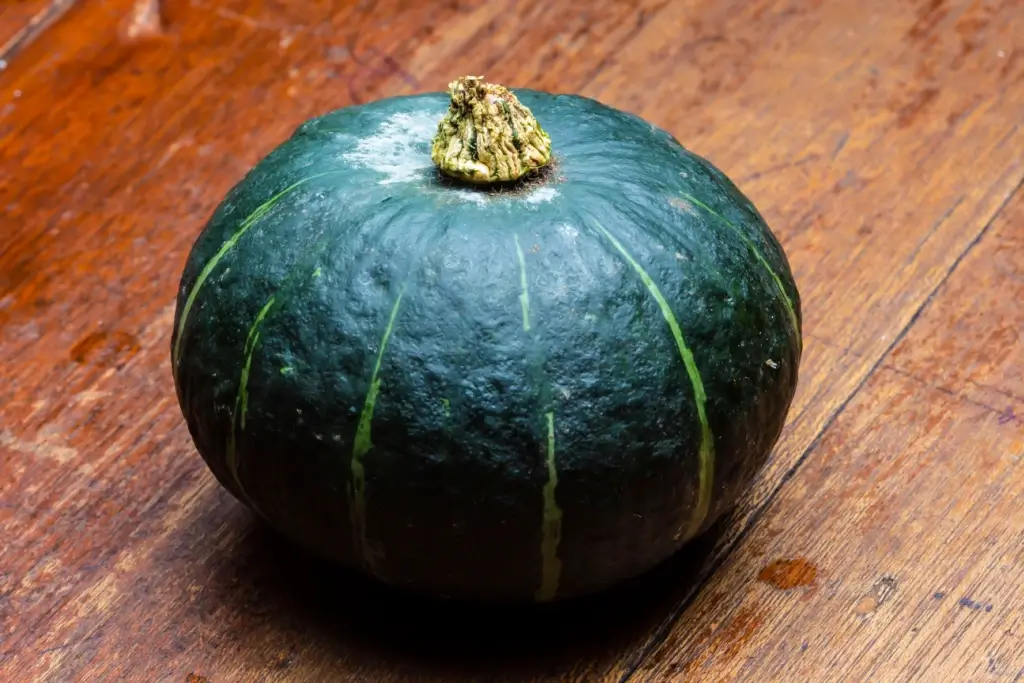
Originally from South America, Portuguese traders introduced it to Japan in the 16th century. Its long shelf life made it a useful import, especially for long trips and extended storage. Over time, it became a staple in Japanese kitchens, particularly during colder months and seasonal celebrations.
What’s the difference between Japanese and Western pumpkins?
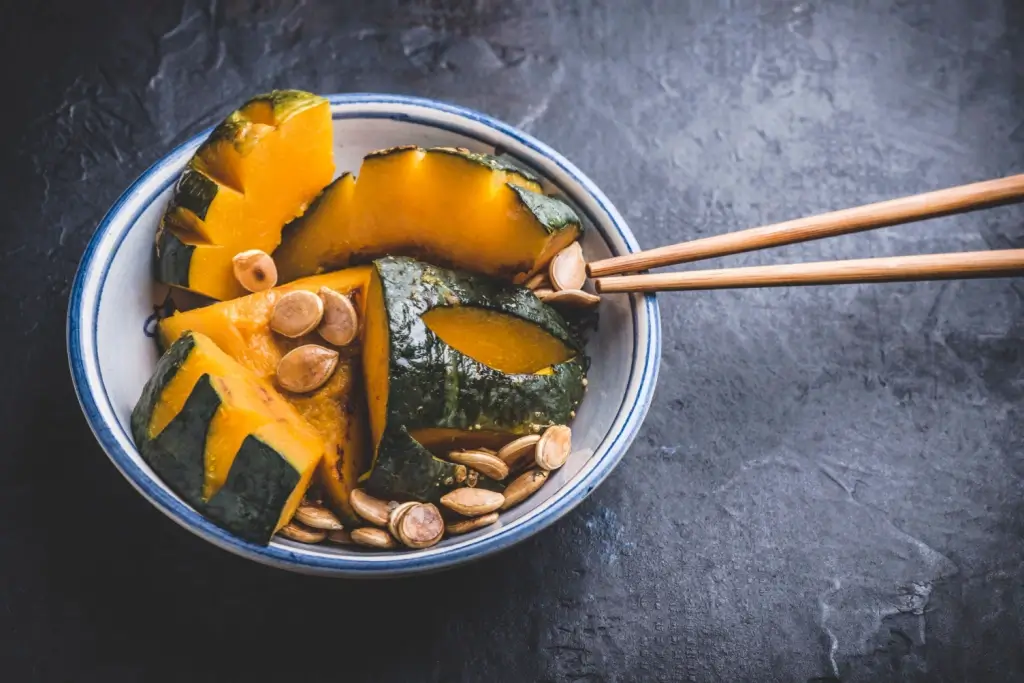
Japanese kabocha and Western pumpkins differ in appearance, texture, and culinary uses. Kabocha has deep green skin and orange-yellow flesh, while Western pumpkins are typically orange with smooth, less dense flesh. Kabocha’s texture is firmer and denser, making it ideal for stews, tempura, and desserts. With their softer flesh, Western pumpkins are better suited for soups, pies, and purees. Kabocha also has an edible, thinner skin, unlike Western pumpkins’ thicker, tougher skin, which is usually thrown away.
Are there any health benefits of kabocha?
Kabocha squash has many health benefits, making it a great addition to any diet. It’s rich in vitamins A and C, which help support the immune system and promote healthy skin. It is also an excellent source of fiber, calcium, and iron, supporting digestion and bone health.
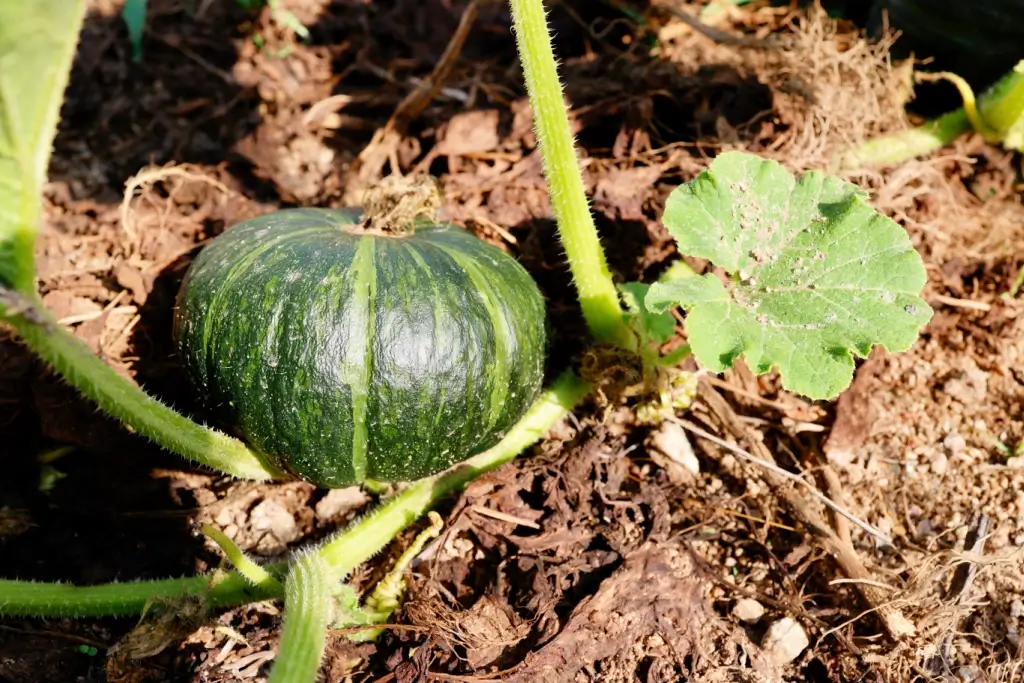
The bright orange color of this squash comes from beta-carotene, an antioxidant that helps with cancer prevention and eye health. A single serving of kabocha generally provides a good portion of your daily vitamin A and C needs. The seeds are also nutritious, containing zinc, protein, and healthy oils, which support immune function and heart health. Its combination of vitamins and antioxidants helps maintain a balanced diet. This squash is a tasty and nutritious choice whether you want to boost your immune system or improve heart health.
Looking to enjoy more unique and traditional Japanese pumpkin treats in the comfort of your home? Check out Sakuraco! Sakuraco delivers traditional Japanese snacks, teas, and sweets from local Japanese makers directly to your door so you can enjoy the latest treats directly from Japan!
What Japanese dishes use kabocha?
Kabocha Pie
This Japanese pie is a delicious alternative to traditional pumpkin pie. It offers a sweeter, fluffier filling. The natural sweetness of Japanese squash gives the pie a rich flavor. Its smooth texture creates a creamy, melt-in-your-mouth filling that pairs perfectly with whipped cream.

This Japanese twist on the classic American dessert is both unique and satisfying. Using kabocha instead of pumpkin brings out deeper flavors, making each bite more memorable. This Japapie is popular as a fall snack or for holiday gatherings, offering a fresh take on a beloved treat.
Kabocha Tempura
Kabocha tempura (deep-fried seafood and vegetables) is a popular Japanese dish made by deep-frying battered Japanese squash slices. The crispy batter contrasts nicely with the soft, sweet interior. This dish is especially favored during the cooler months when kabocha is in season. The light, crunchy coating enhances the pumpkin’s natural sweetness. This tempura is usually served with a dipping sauce, adding extra flavor. It’s a perfect appetizer or side dish for any meal.
Kabocha Korokke
Kabocha korokke (Japanese croquette) is a Japanese-style croquette made with mashed squash. The squash is mixed with seasonings and then coated in breadcrumbs. The mixture is shaped into patties and deep-fried until golden and crispy. Inside, the Japanese squash remains soft, sweet, and creamy.
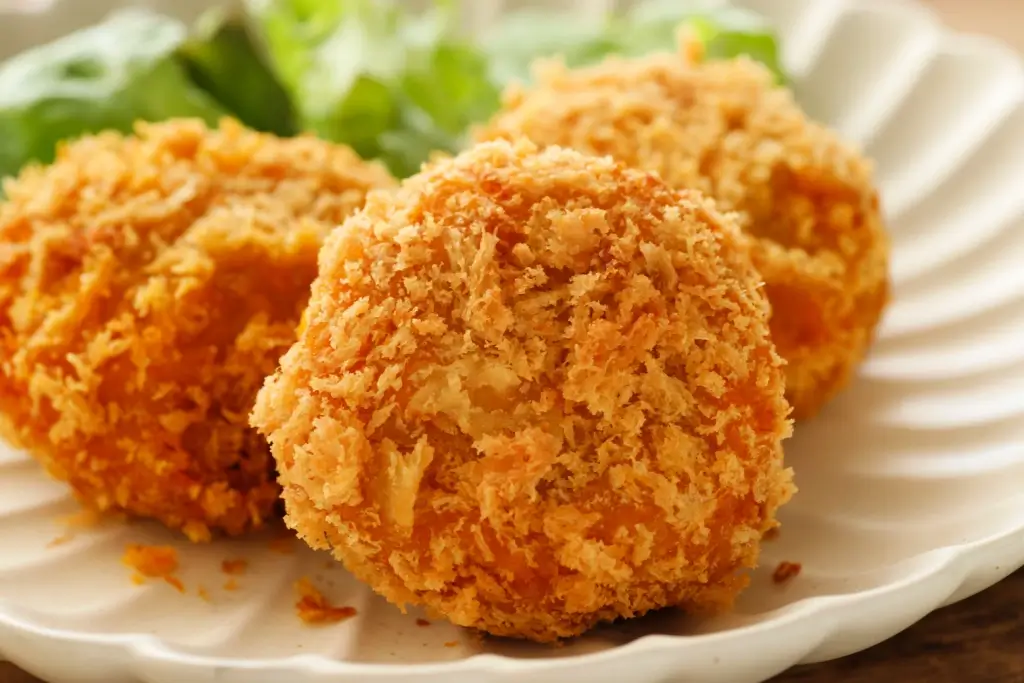
This one-of-a-kind korokke is a popular comfort food, often served as a side dish or snack. It’s also a comforting, savory snack often served with a side of sauce or salad. Its savory, slightly sweet flavor appeals to all ages. The crispy exterior contrasts beautifully with the smooth, flavorful filling. This dish is easy to make and perfect for a hearty meal.
Why should I try kabocha?
People should try kabocha because it offers a unique flavor and health benefits. Its sweet, creamy texture enhances savory and sweet dishes, and its rich, smooth flesh brings depth to any recipe. Overall, its flavor, nutrition, and versatility make it a standout ingredient for any season. Have you tried Japanese kabocha before? Do you have a favorite dish featuring this hearty ingredient? Share your thoughts in the comments below!
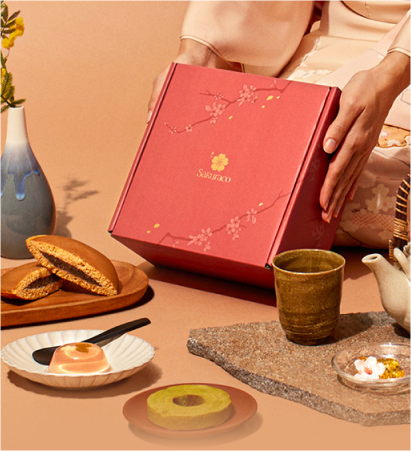
Discover authentic flavors with Sakuraco
Get Sakuraco 

Discover authentic flavors with Sakuraco
Get Sakuraco 
Related Articles
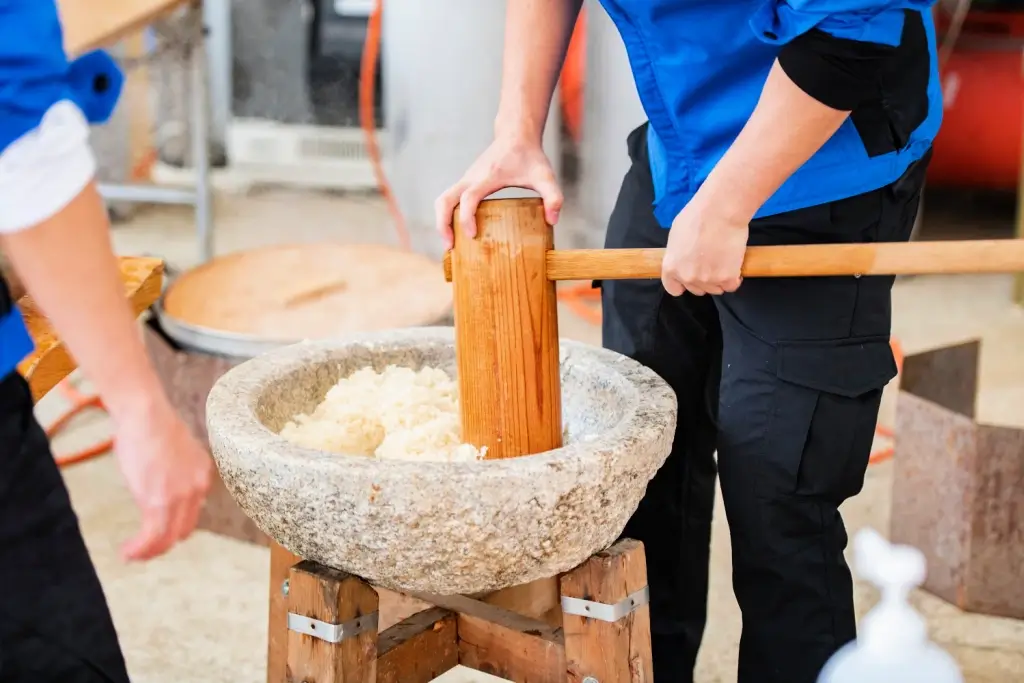
Mochi: How is Mochitsuki Made in Japan?
Mochitsuki is the Japanese tradition of pounding steamed rice to make mochi for the New Year. Families and neighbors gather to participate in this lively and meaningful tradition. The teamwork involved helps everyone feel a sense of connection.
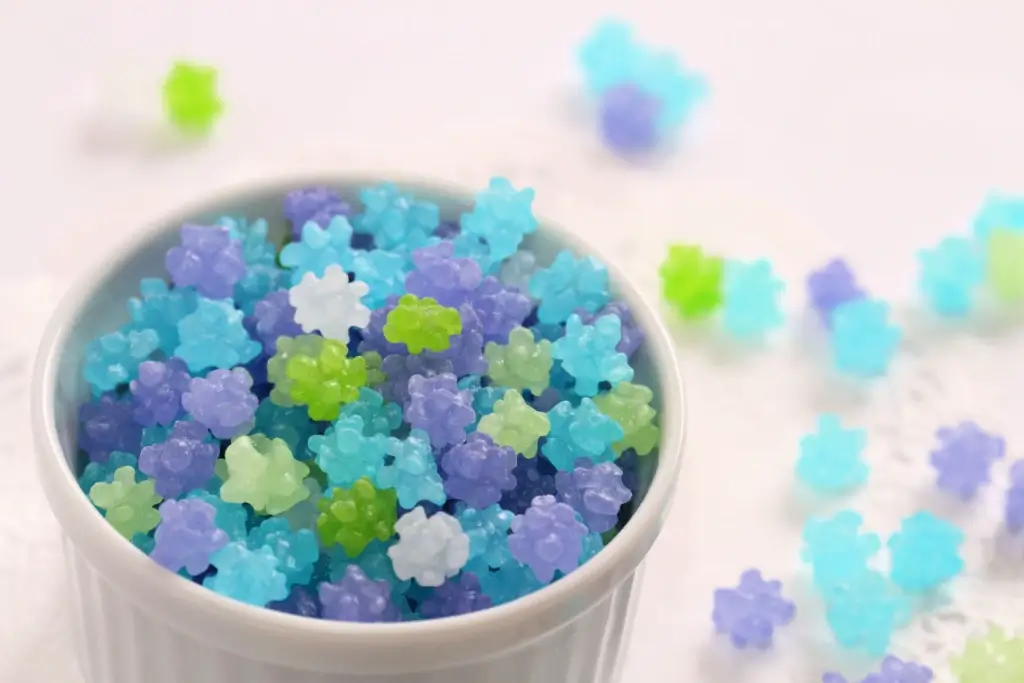
Konpeito Candy: What Makes This Starry Treat Shine?
If you are a fan of the famous Demon Slayer series, then you probably know that the favorite treat of the adorable Nezuko Kamado is those tiny, colorful little sweets.
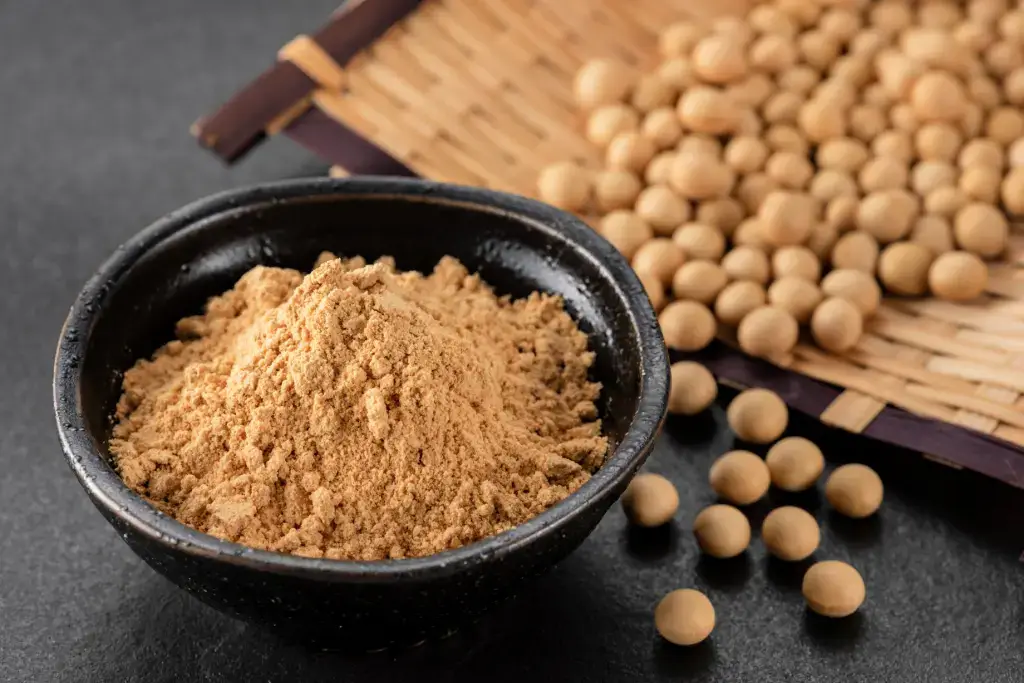
Kinako: The Amazing Roasted Soybean Powder!
Kinako is a very popular ingredient that can easily be found in many traditional Japanese sweets. It has a distinctive flavor, standing alongside other classic tastes such as red bean or sesame. Let’s explore this charming ingredient together, and who knows, you might even be able to make it in your own beloved kitchen!
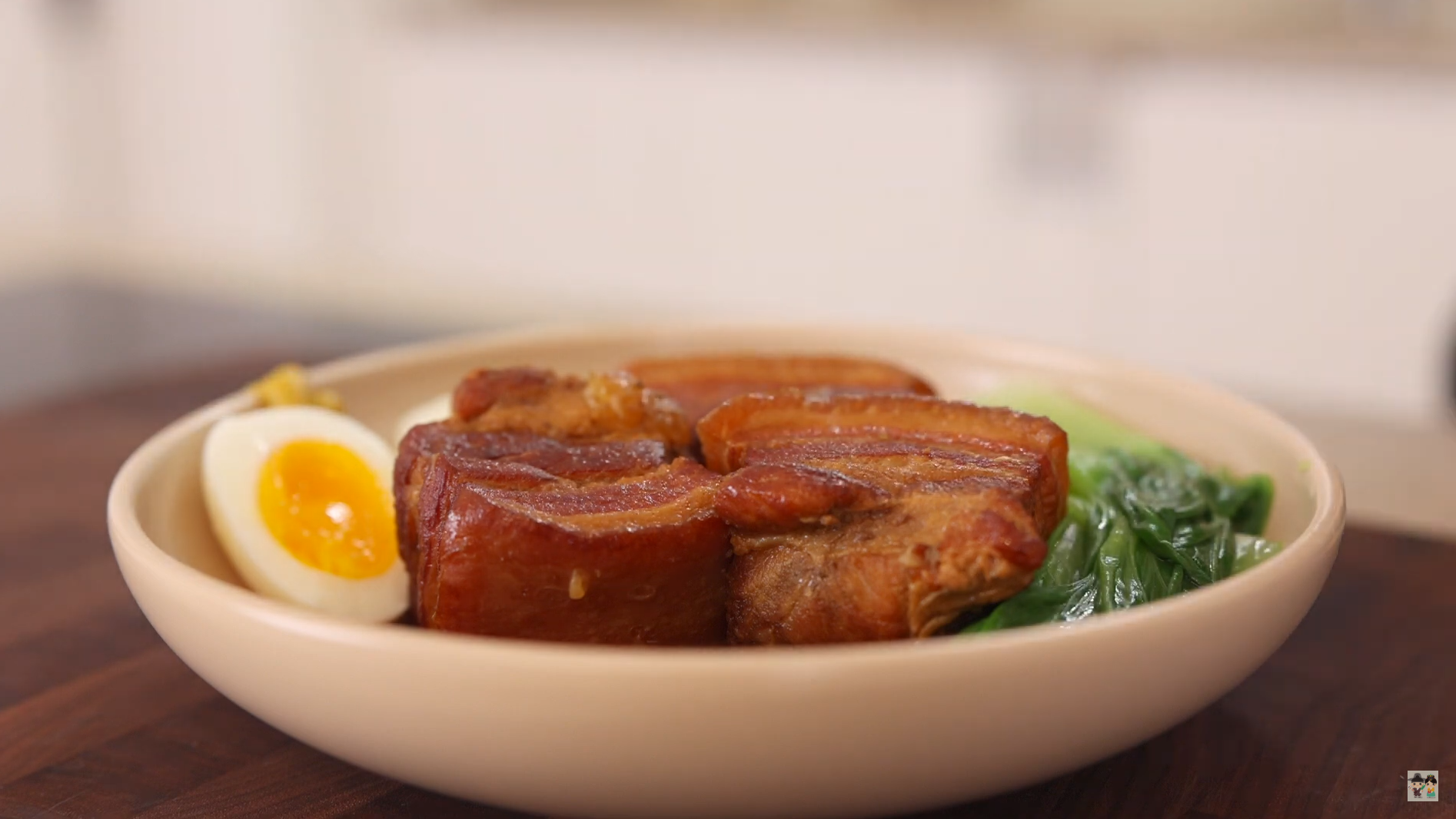
Aaron and Claire Make the Ultimate Japanese Pork Belly: Buta no Kakuni
If you want a Japanese dish that’s rich, tender, and simple to follow, Aaron and Claire show exactly how to make it in this episode. Aaron prepares Buta no Kakuni, a classic braised pork belly dish renowned for its rich flavor and tender texture.



